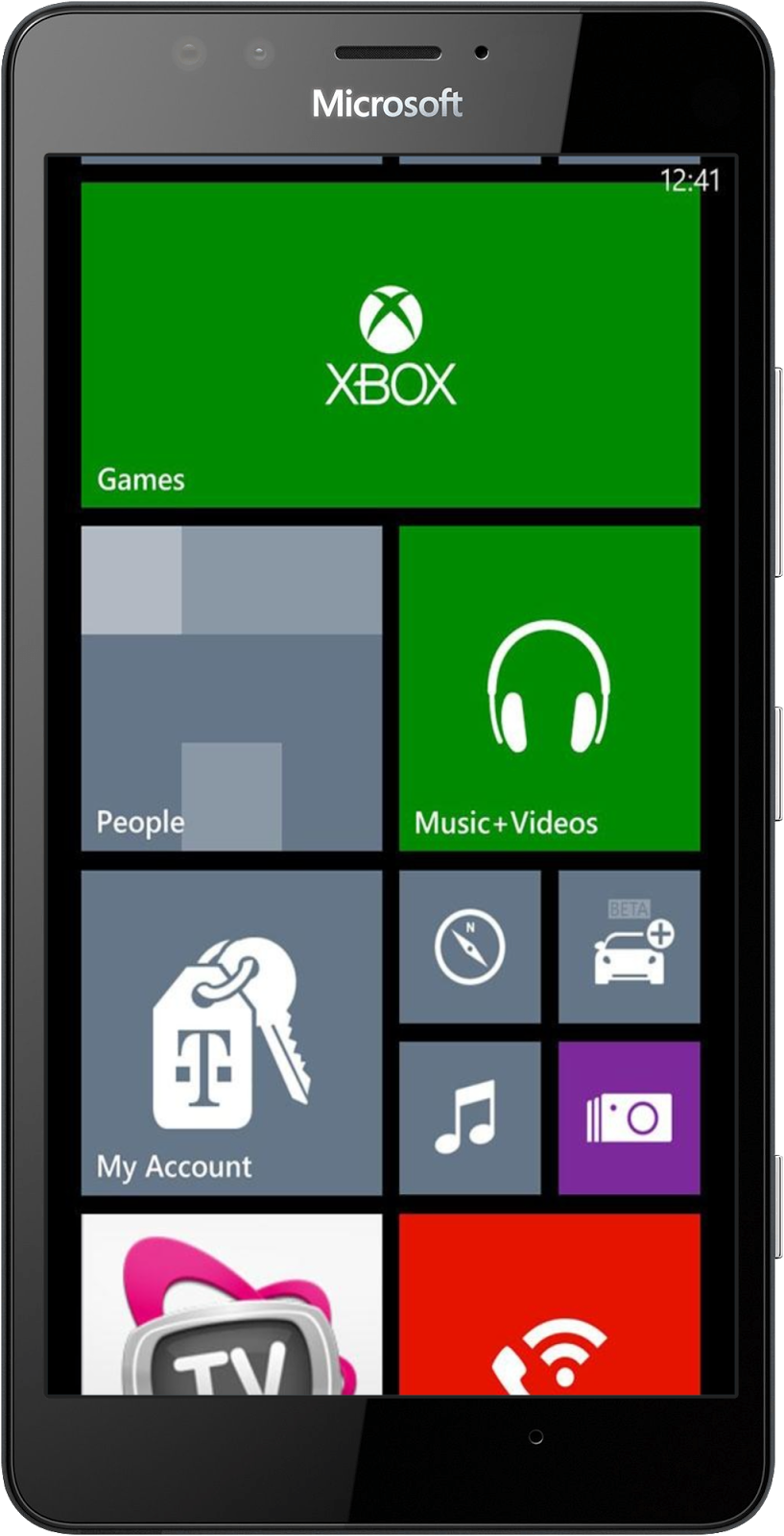Show your Windows App in style
This article explains how to easily create a clickable demo or tutorial of a Windows app, to be used for promotion or knowledge transfer. The method proposed here is easy and fast, requires no technical skills and it is based on app screenshots. The result is an HTML-based app demo that can be embedded in a website or blog, installed on mobile devices or used in presentations.
1Decide for the scenario you want to show in the demo
One of the best scenarios is showing your potential users how the app solves one of their problems.
2Take screenshots of this scenario, screen by screen
To take screenshots on a Nokia Lumia 925, press the Power Key and the Start Key at the same time. You will find the screenshots in Photos > Albums > Screenshots. For other Windows devices search the Windows Support Database for "take a screenshot on ...".
3Sign up to www.AppDemoStore.com
You can sign up from your desktop or mobile device. Once signed in, you will be directed to "My Demos" page.
4Create a new demo and Upload the app screenshots to it
In the section "My Demos", click the "Create Demo" button. Select a Windows Phone frame (you can find the latest Windows Phones in the category Phones > Microsoft). The frame will be visible when the demo is viewed on a computer and not visible when viewed on a mobile device. The frame can be changed later.
To upload the screenshots click the button "Upload Screenshots" and select the files from your disk. Multiple file upload is possible, but you can upload a maximum of 10 screenshots at once. To upload more screenshots, just use the button "Upload Screenshots" several times.
Scrollable Screens: To create scrollable screens, just upload a long image and then set its property "Image Layout" to "scroll". More details here.
5Add interaction, animations and annotations.
- Use the "Hotspot" control to add interaction between your screenshots. You can choose the transition effect between screens (slide up/down, fade). More details here.
- Use the "Textbox", "Callout" and "Link" controls to add annotations, explanations, auto-typing and links.
- Use the "Timer" control to simulate loading effects or show a screen for a limited time (e.g. splash screen).
- Use the "Arrow" control to add customizable arrows. More details here.
- Use the "iFrame" control to embed webpages in your demo.
- Use the "Image" control to add small images on top of the screenshots.
- Use the "Video" control to embed a YouTube video or a video stored on a server. More details here.
- Use the "Sound" control to upload audio files or provide a text to be spoken with our Text-to-Speech functionality. More details here.
- Use the "User Input" control to let users type information into a field that is carried over to the next screens. More details here.
The final demo or tutorial is HTML-based and runs in any desktop or mobile browser.

Image generated on PicApp.net
Common use cases for your Windows app demo/tutorial
- Share the link to your demo via Email or social networks.
- Embed demo in your website or HTML email.
- Embed the demo into your Facebook Page. Learn how to do this here.
- Embed demo in your app. Learn how to do this here.
- Download your demo as an HTML, ZIP or APK or PDF.
- Capture leads and feedback with your demo.
- Get in-depth demo analytics such as where did the user click, interaction flow, exit screens, etc. More details here.
- Use it as a starting point for generating a demo video for your app. More details here.